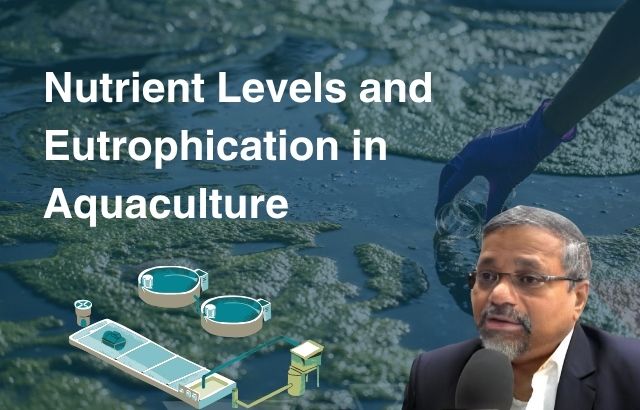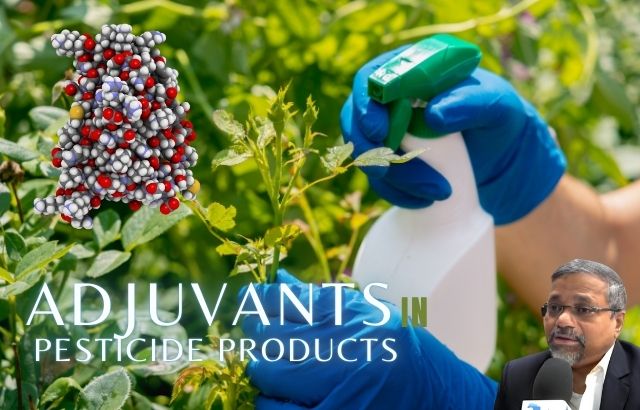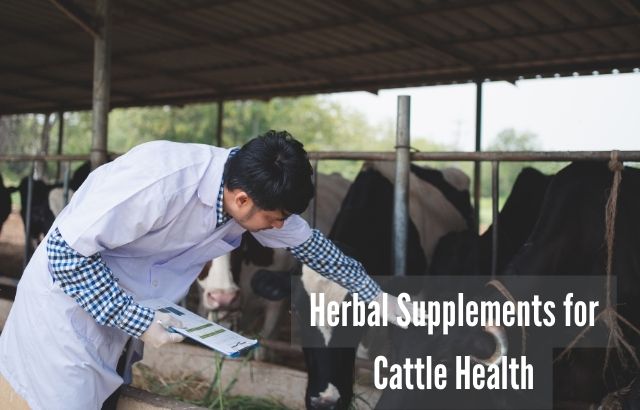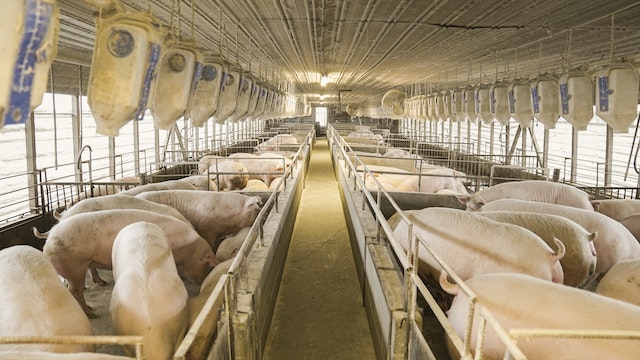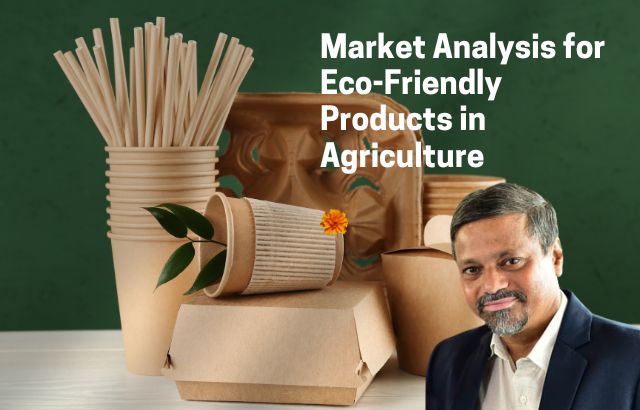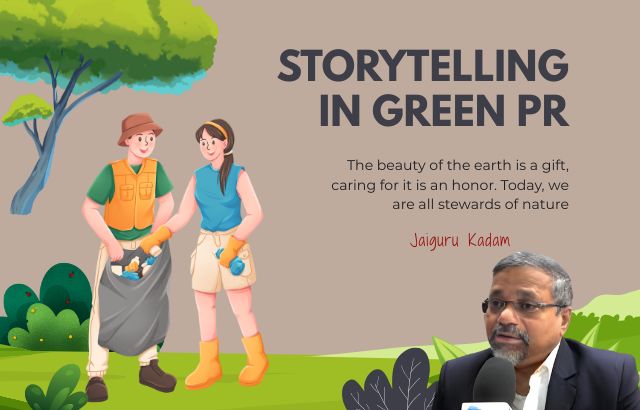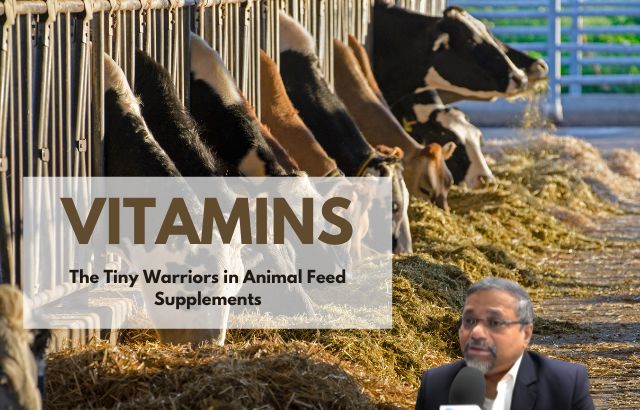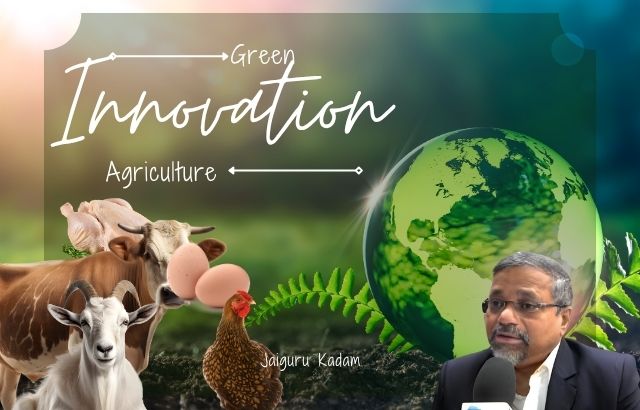In the realm of aquaculture, maintaining healthy water quality is essential for the survival and growth of farmed aquatic species. However, one of the most pressing environmental challenges facing the industry today is the occurrence of harmful algal blooms (HABs), which can lead to eutrophication—a process that severely impacts aquatic ecosystems. As aquaculture operations intensify and the demand for seafood increases, understanding the relationship between nutrient levels and algal blooms becomes critical in preventing their devastating effects.
In this blog, we’ll dive into what harmful algal blooms are, how they relate to nutrient levels in the water, and why aquaculture operations must address eutrophication to ensure the sustainability of their practices.
What Are Harmful Algal Blooms (HABs)?
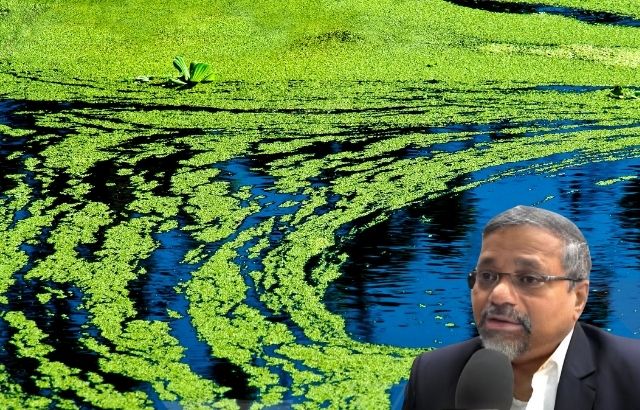
Harmful algal blooms (HABs) occur when colonies of algae—often microscopic—grow excessively in water bodies, producing toxins or altering the natural balance of the ecosystem. These blooms are most common in coastal waters but can also occur in freshwater environments. While algae are a natural and vital part of aquatic ecosystems, when they grow uncontrollably, they can become harmful in several ways:
- Toxin Production: Some algae produce harmful toxins that can affect aquatic life, humans, and animals. These toxins can lead to fish kills, shellfish poisoning, and even the contamination of drinking water.
- Oxygen Depletion: When algae die and decompose, they consume large amounts of oxygen in the water, leading to hypoxia or “dead zones” where oxygen levels are too low to support most aquatic organisms.
- Disruption of Ecosystem Balance: Excessive algae can block sunlight, preventing underwater plants from photosynthesizing, thereby disrupting the food web and degrading the overall health of the ecosystem.
What is Eutrophication?
Eutrophication is the process by which a water body becomes enriched with nutrients, primarily nitrogen and phosphorus, leading to excessive algae growth. In its natural state, aquatic systems have a balanced nutrient load, but human activities, especially in aquaculture, can disturb this balance.
- Natural Eutrophication: Occurs slowly over centuries as organic matter accumulates in a water body.
- Cultural Eutrophication: This term refers to accelerated eutrophication due to human-induced activities, such as agricultural runoff, wastewater discharge, and even effluents from aquaculture farms.
The Relationship Between Nutrient Levels and HABs
The occurrence of harmful algal blooms is primarily driven by elevated levels of nutrients—specifically nitrogen and phosphorus—in the water. In most aquaculture operations, these nutrients come from:
- Excess feed: Leftover fish feed that dissolves in water and decomposes, releasing nitrogen and phosphorus.
- Fish waste: Fish excrete nitrogen and phosphorus in the form of ammonia and other compounds, which, if not properly managed, can accumulate in the water.
- Fertilizers: Nutrient runoff from nearby agricultural activities can introduce excess nitrogen and phosphorus into aquatic ecosystems.
- Wastewater discharge: Effluents from nearby industrial and domestic sewage can also contribute to the nutrient load in surrounding waters.
When nutrient levels—especially phosphorus and nitrogen—become too high, they create the perfect environment for algae to grow uncontrollably. This process is particularly pronounced in coastal aquaculture operations, where runoff from farms can directly flow into the surrounding marine environment, fueling algal blooms.
Key Factors Driving Eutrophication and HABs
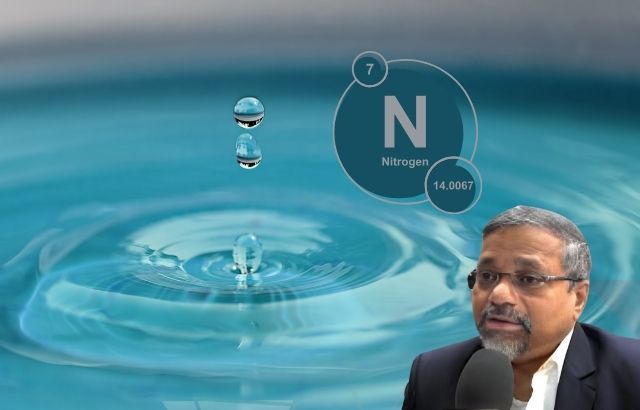
1. Nitrogen and Phosphorus: The Main Culprits
- Nitrogen is often the limiting nutrient in aquatic systems, meaning that its presence in excess leads to algae overgrowth. Nitrogen is found in fish waste, uneaten feed, and fertilizers used in aquaculture and nearby agricultural fields.
- Phosphorus, on the other hand, is typically the nutrient that drives algae blooms in freshwater systems. In marine systems, phosphorus is often abundant, but the presence of excess nitrogen can tip the balance toward an algae bloom.
2. Temperature and Light: The Perfect Environment for Algae
- Warm temperatures, particularly during the summer months, provide an ideal breeding ground for algae. When nutrient levels are high and water temperatures rise, the growth of algae accelerates.
- Similarly, increased sunlight—often a factor in shallow coastal regions—can enhance photosynthesis, further boosting algal proliferation.
3. Water Circulation: Stagnant or Slow-moving Water
- Poor water circulation or stagnant conditions contribute to the accumulation of nutrients at the surface, making it easier for algae to proliferate. Aquaculture systems with slow-moving or poorly filtered water bodies are especially vulnerable to this.
The Impact of HABs on Aquaculture
For aquaculture operations, HABs and eutrophication pose serious challenges, including:
1. Fish Kills
- Excessive algal growth, particularly the production of toxins, can directly poison fish, shellfish, and other aquatic organisms. Toxins such as microcystins (produced by certain cyanobacteria) can accumulate in the tissues of farmed fish and shellfish, posing risks to both the ecosystem and human health.
2. Oxygen Depletion (Hypoxia)
- As algal blooms decompose, the process consumes oxygen from the water. In aquaculture systems, this can lead to oxygen depletion in the water, creating “dead zones” where fish and other organisms cannot survive.
- This depletion can lead to the mass die-off of farmed species, reducing yields and causing significant economic loss.
3. Decreased Water Quality
- Algal blooms can disrupt the clarity of water, block sunlight from reaching underwater plants, and alter the overall balance of the ecosystem. This can reduce water quality and harm the health of fish.
- Additionally, the accumulation of organic matter from decomposing algae increases the biological oxygen demand (BOD), further lowering available oxygen.
4. Economic and Social Consequences
- For coastal aquaculture operations, the costs associated with managing algal blooms and the subsequent damage to the farm can be immense. This includes increased costs for water quality management, fish health interventions, and, in the worst cases, farm shutdowns.
- In some regions, HABs can affect local fishing industries, tourism, and the health of coastal communities.
Preventing and Managing Eutrophication and HABs in Aquaculture
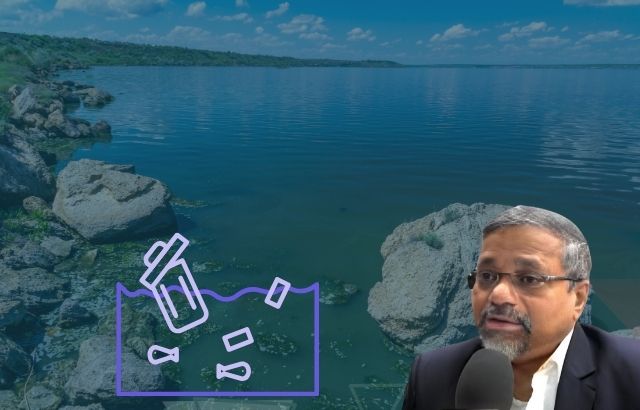
Effective management of nutrient levels is essential to reducing the risks of eutrophication and harmful algal blooms in aquaculture operations. Here are a few strategies that can help mitigate the impact:
1. Improved Feed Management
- Reducing feed waste and ensuring that fish consume the feed efficiently can limit the amount of unutilized nutrients entering the water. Techniques such as automatic feeding systems that provide precise amounts of feed can help minimize nutrient runoff.
2. Efficient Waste Treatment
- Implementing biofiltration systems in recirculating aquaculture systems (RAS) can help break down organic waste and reduce nutrient accumulation.
- Sedimentation tanks or wetlands can also be used to trap nutrients before they enter surrounding water bodies.
3. Monitoring and Regulation
- Regular monitoring of nutrient levels (especially nitrogen and phosphorus) is critical. Aquaculture operations should have systems in place to measure these parameters and make adjustments as needed.
- Collaborating with local environmental agencies to establish nutrient load limits and ensure compliance with regulations can help prevent excessive nutrient inputs into ecosystems.
4. Integrated Multi-Trophic Aquaculture (IMTA)
- IMTA involves farming multiple species at different trophic levels in a way that mimics natural ecosystems. For example, incorporating shellfish and seaweed into fish farming systems can help absorb excess nutrients and reduce eutrophication.
5. Buffer Zones and Vegetation
- Creating vegetated buffer zones around aquaculture farms can reduce nutrient runoff into nearby water bodies. These zones can filter excess nutrients before they reach the water and reduce the potential for HABs.
Conclusion
The relationship between nutrient levels and harmful algal blooms is one of the most critical environmental concerns in modern aquaculture. By understanding the factors that contribute to eutrophication and its impacts on water quality, fish health, and farm productivity, aquaculture operators can take proactive steps to mitigate the risks.
Maintaining a delicate balance in nutrient management, adopting sustainable farming practices, and leveraging innovative technologies will be key to ensuring the continued growth and sustainability of the aquaculture industry while protecting marine and freshwater ecosystems. With careful attention and planning, the devastating effects of HABs can be avoided, ensuring a healthier, more productive aquaculture future.

